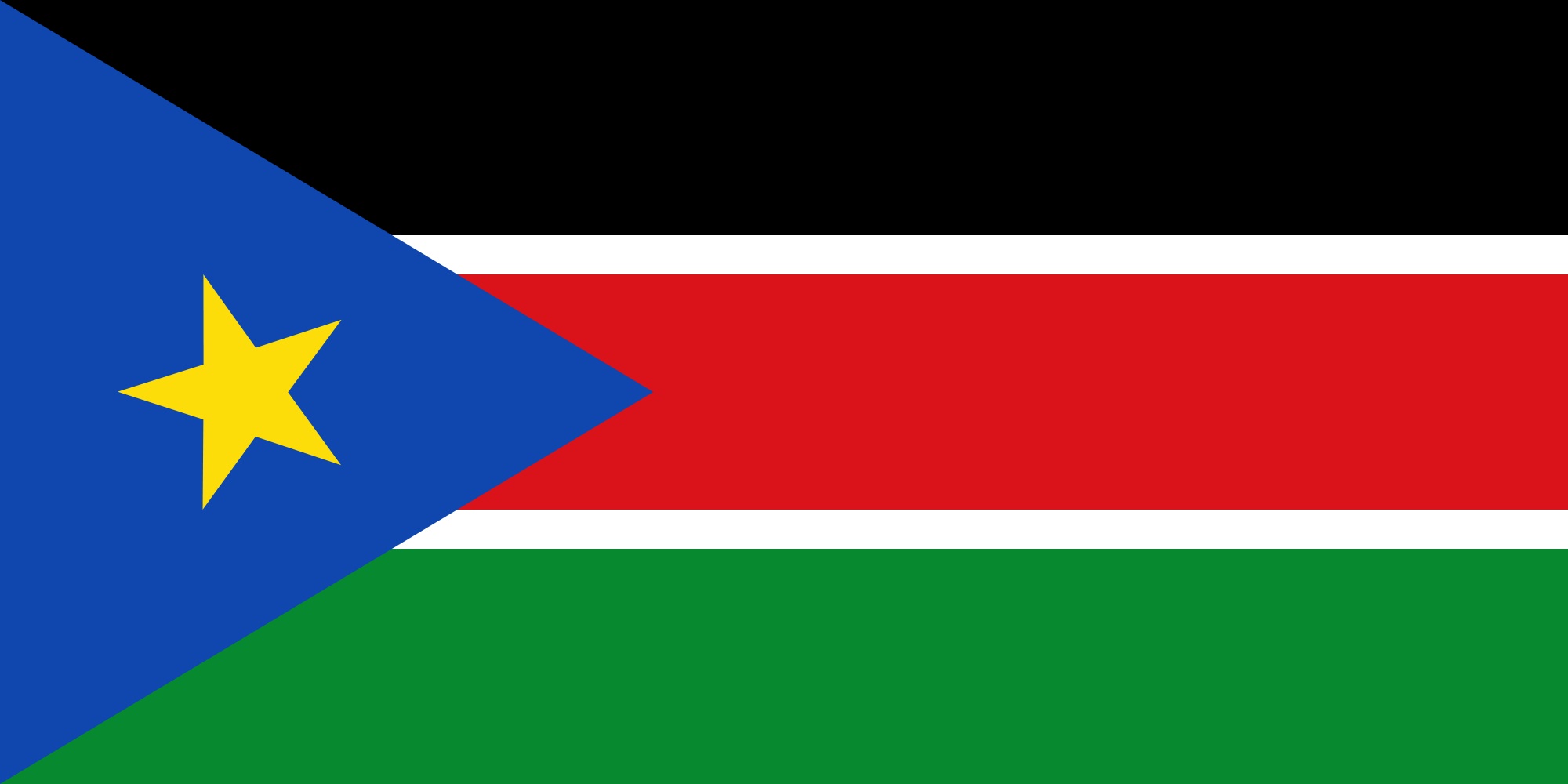Learn more about the mission and history of our organization here.
History of the Region
According to www.cia.gov, Egypt attempted to colonize the region of southern Sudan by establishing the province of Equatoria in the 1870s. Islamic Mahdist revolutionaries overran the region in 1885, but in 1898 a British force was able to overthrow the Mahdist regime. An Anglo-Egyptian Sudan was established the following year with Equatoria being the southernmost of its eight provinces. The isolated region was largely left to itself over the following decades, but Christian missionaries converted much of the population and facilitated the spread of English. When Sudan gained its independence in 1956, it was with the understanding that the southerners would be able to participate fully in the political system. When the Arab Khartoum government reneged on its promises, a mutiny began that led to two prolonged periods of conflict (1955-1972 and 1983-2005) in which perhaps 2.5 million people died – mostly civilians – due to starvation and drought.

Flag of South Sudan
Ongoing peace talks finally resulted in a Comprehensive Peace Agreement, signed in January 2005. As part of this agreement the south was granted a six-year period of autonomy to be followed by a referendum on final status. The result of this referendum, held in January 2011, was a vote of 98 percent in favor of secession. Independence was attained on July 9, 2011.
Analysis of the Region
Current Educational Situation of South Sudan:
- Literacy Rate = 12-24%
- Average Years in School = 4
- 49% of girls are missing out entirely on their primary education.
- Only 53% of South Sudan’s population of children are actually attending school.
- Primary School Completion Rate = 2%
- 48% of teachers have completed only their primary education.
- 37% of teachers are untrained volunteers.
- There are 431 primary schools, 45 secondary schools and 198 alternative education schools in the Central Equatoria State, of which 61% are temporary or open-air learning facilities.
Expectations of the Government of South Sudan
Two Goals of the Government of South Sudan:
- To provide full access to primary education for boys and girls alike
- To eliminate gender disparity across all levels of education
To achieve these goals, the Ministry of Education aims to construct classrooms, build the capacity of teachers, and increase community awareness of the importance of female education. The government is seeking partners to help build the education system of their new country.
(sources: www.cia.gov, www.southsudaninfo.net, www.worldbank.org)
